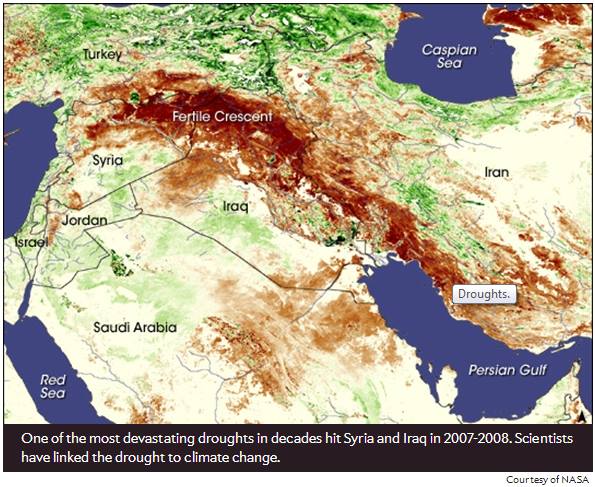
Over $448 billion has eroded from the market capitalization of energy companies doing business in Houston, TX, as falling oil prices have eaten into shareholder value over the last 6 months.
A survey of large oil & gas companies with headquarters and major offices in Houston, TX–the “Energy Capital of the World”–reveals the impact of falling crude oil prices on equity markets. In the last 6 months, over $USD 448 billion in shareholder value has been wiped off the balance sheets of these businesses.[1] Given the Energy Capital is home to over 5,000 such carbon fuel companies, this equity erosion figure is a conservative estimate of the total financial impact that could ripple through the local Houston economy within the coming months.
These estimates come just days after senior research economists at the the Federal Reserve Bank of Dallas projected over 249,700 jobs are at stake in eight US states, of which 128,000 are at risk of disappearing in Texas alone.[2]
[1] Data obtained from Google Finance (day-end quotes: 30 December 2014)
[2] “Oil crunch could cost Texas 128,000 jobs, Fed model shows”. http://fuelfix.com/blog/2014/12/18/oil-crunch-could-cost-texas-128000-jobs-fed-model-shows/
Correction: Article understated equity erosion figure. Using P*C2/(1+P) = C2 – C1 = D method, equity erosion figure was revised from $315 billion to $448 billion (where P denotes percent change in value between -1.00 and 1.00, C2 denotes market cap on Dec 2014, and D represents the change or delta in market cap since market cap C1 recorded in Jul 2015)








